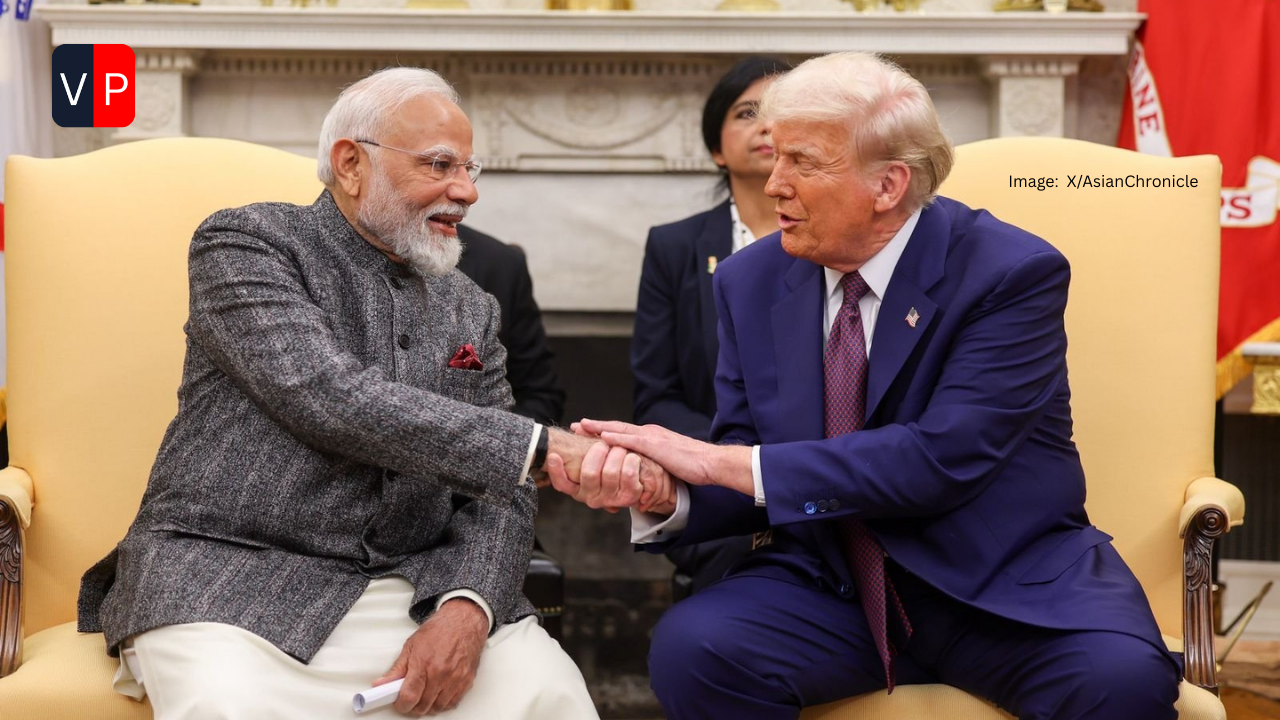Explore India’s zero-tariff proposal to the US., its potential impact on bilateral trade, domestic industries, and the broader geopolitical landscape.

Introduction
In a significant development in international trade relations, India has proposed a “zero-for-zero” tariff arrangement with the United States. This proposal aims to eliminate tariffs on specific U.S. imports, including steel, auto components, and pharmaceuticals, on a reciprocal basis and within defined import volumes.
Understanding India’s Zero-Tariff Proposal to US
Scope of the Proposal
India’s offer focuses on:
- Steel and Auto Components: Eliminating tariffs on a limited volume of imports.
- Pharmaceuticals: Including certain U.S. pharmaceutical products under the zero-tariff regime.
This proposal is contingent upon the U.S. providing reciprocal concessions and is designed to be part of a broader bilateral trade agreement.
Strategic Timing
The proposal comes amid escalating trade tensions, with the U.S. administration considering new tariff measures. India’s initiative seeks to preempt potential tariff hikes and foster a more balanced trade relationship.
What they said:
U.S. President Donald Trump criticized India’s high tariffs while commenting on Apple’s decision to move iPhone production from China to India. He stated he had advised Apple CEO Tim Cook against building in India, labeling it “one of the highest tariff nations in the world.” Trump claimed India has since offered the U.S. a deal with “literally no tariffs,” although he remained skeptical, emphasizing that “India can take care of themselves.”
Apple recently announced a major production shift, moving iPhone manufacturing to India and relocating iPad and Apple Watch production to Vietnam. Earlier this month, Trump imposed tariffs of up to 27% on Indian goods. In response, India is rushing to finalize a trade deal before the 90-day U.S. tariff pause ends on July 9.
Meanwhile, the U.S. and China have agreed to lower their mutual tariffs—U.S. tariffs on Chinese imports dropping to 30% from 145%, and China’s tariffs on some U.S. goods decreasing to 10% from 125%.
Despite the tensions, India has made concessions by reducing tariffs on products like Bourbon whiskey and motorcycles. However, the U.S. still runs a $45 billion trade deficit with India. According to trade expert Ajay Srivastava, India may offer to remove tariffs on 90% of U.S. exports—excluding autos and agriculture—using a “zero-for-zero” strategy, as long as both sides commit to equal tariff elimination. (BBC)
Potential Benefits
For the United States
- Market Access: U.S. exporters could gain enhanced access to the Indian market, particularly in sectors like steel and pharmaceuticals.
- Trade Balance: The proposal may help address the trade deficit the U.S. has with India.
For India
- Avoiding Tariff Escalation: By engaging proactively, India aims to mitigate the risk of facing higher U.S. tariffs.
- Strengthening Bilateral Relations: The proposal could pave the way for a more comprehensive trade agreement, enhancing economic ties.
Challenges and Considerations
Domestic Industry Impact
Indian industries, especially in the steel and pharmaceutical sectors, may face increased competition from U.S. imports. Ensuring that domestic manufacturers are not adversely affected will be crucial.
Agricultural Sector Exclusion
Notably, agriculture is excluded from the proposal. India’s agricultural sector remains sensitive to foreign competition, and maintaining protective tariffs in this area is a strategic decision.
Negotiation Dynamics
While the proposal is a step forward, negotiations will need to address:
- Reciprocity: Ensuring that concessions are balanced and mutually beneficial.
- Volume Limits: Defining the import volumes subject to zero tariffs to protect domestic industries.
Geopolitical Implications
India’s move can be seen as a strategic alignment with the U.S., potentially counterbalancing other global economic powers. Strengthening trade ties with the U.S. may also enhance India’s position in global supply chains and international forums.
Conclusion
India’s zero-tariff proposal to the U.S. represents a proactive approach to navigating complex trade dynamics. While offering potential benefits for both nations, careful negotiation and consideration of domestic industry impacts are essential. The outcome of this initiative could significantly influence the future trajectory of India-U.S. economic relations.

